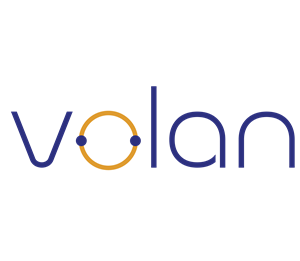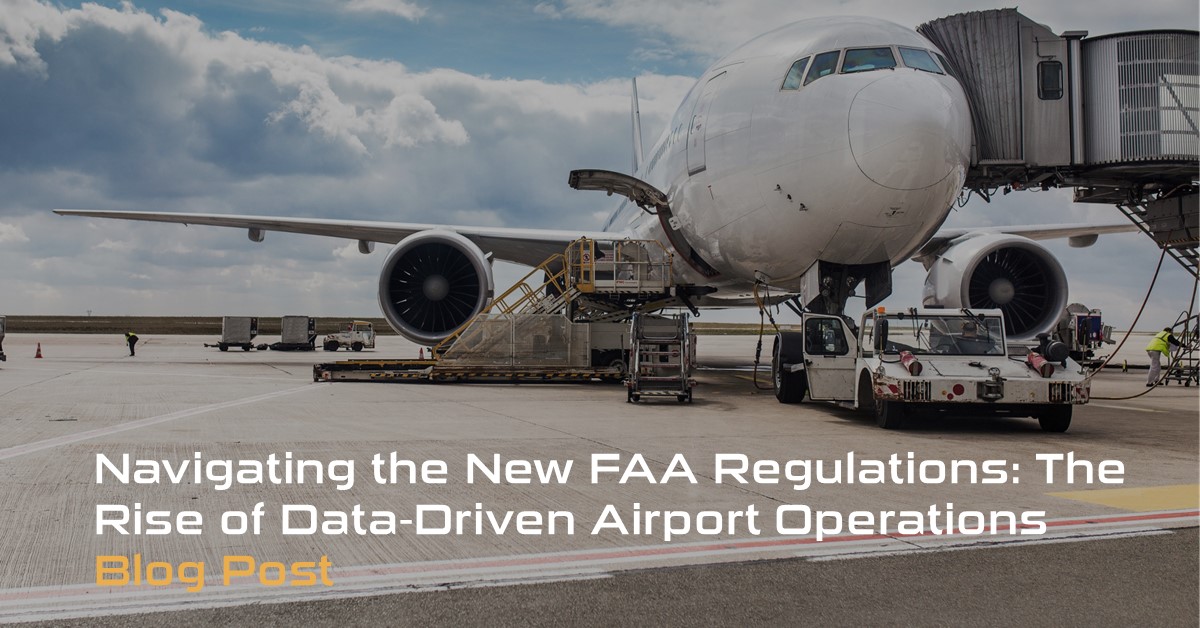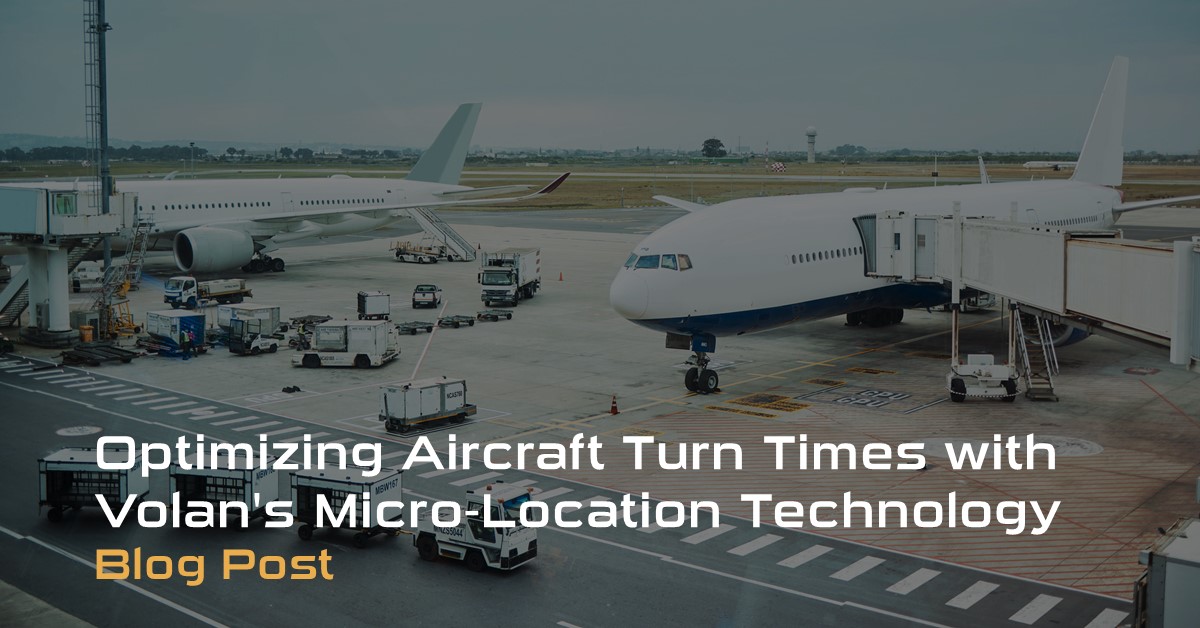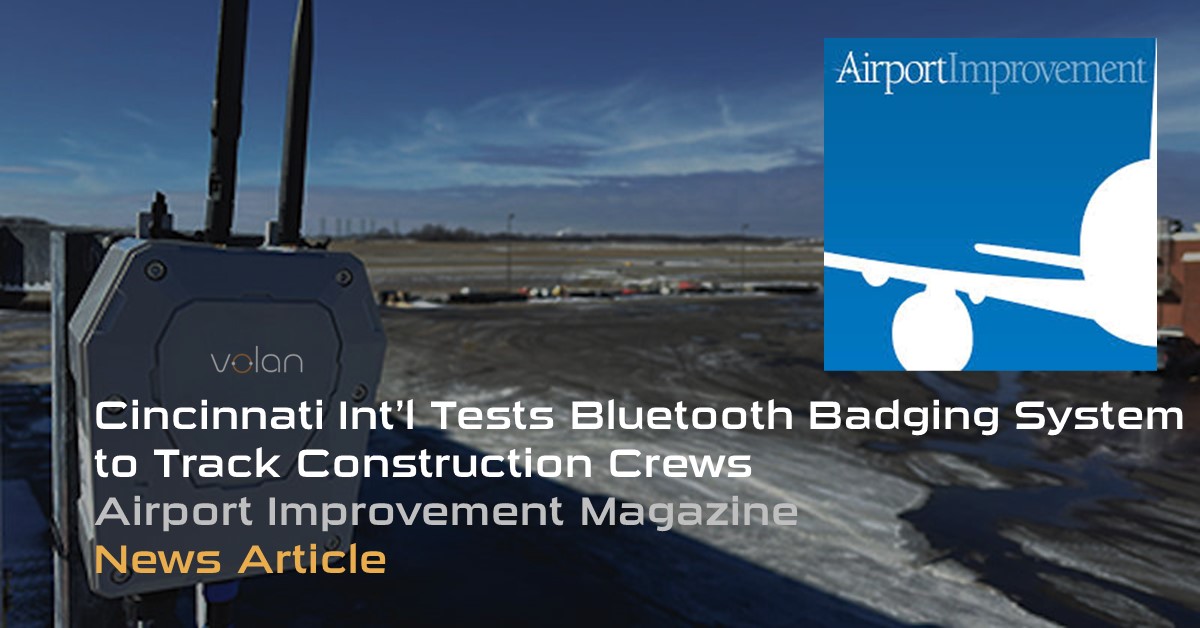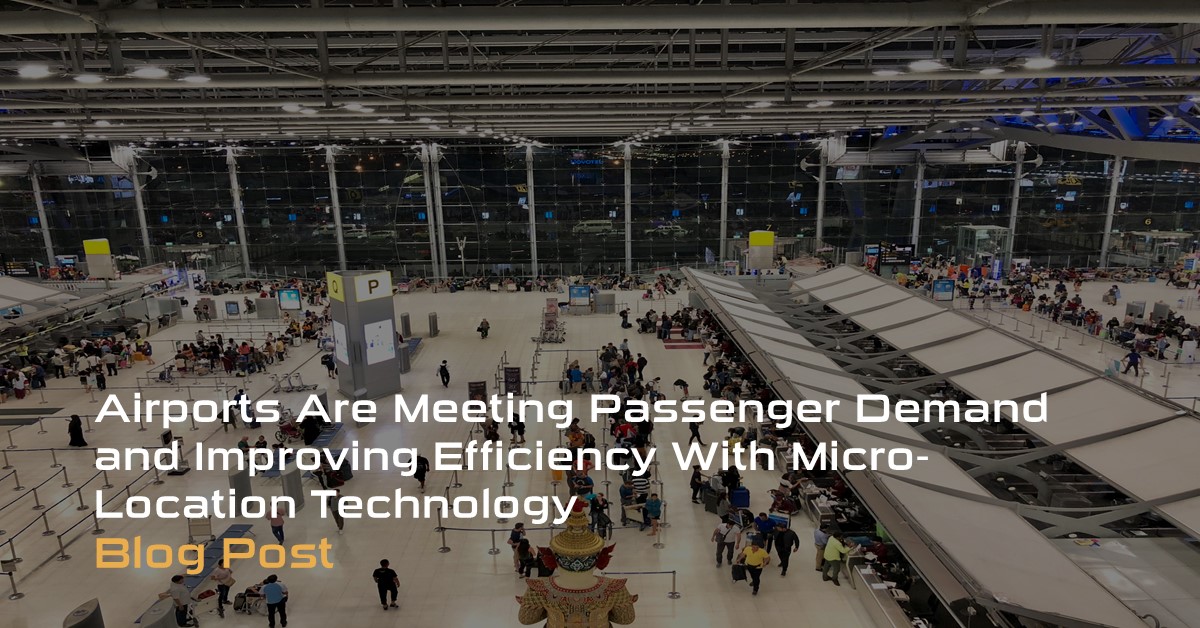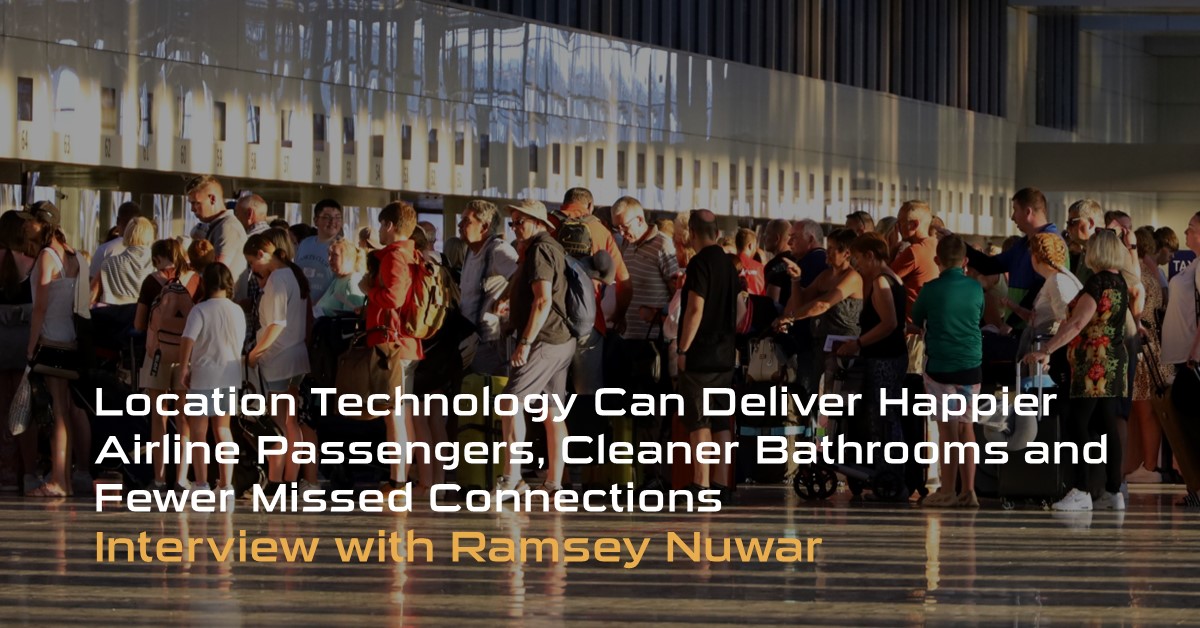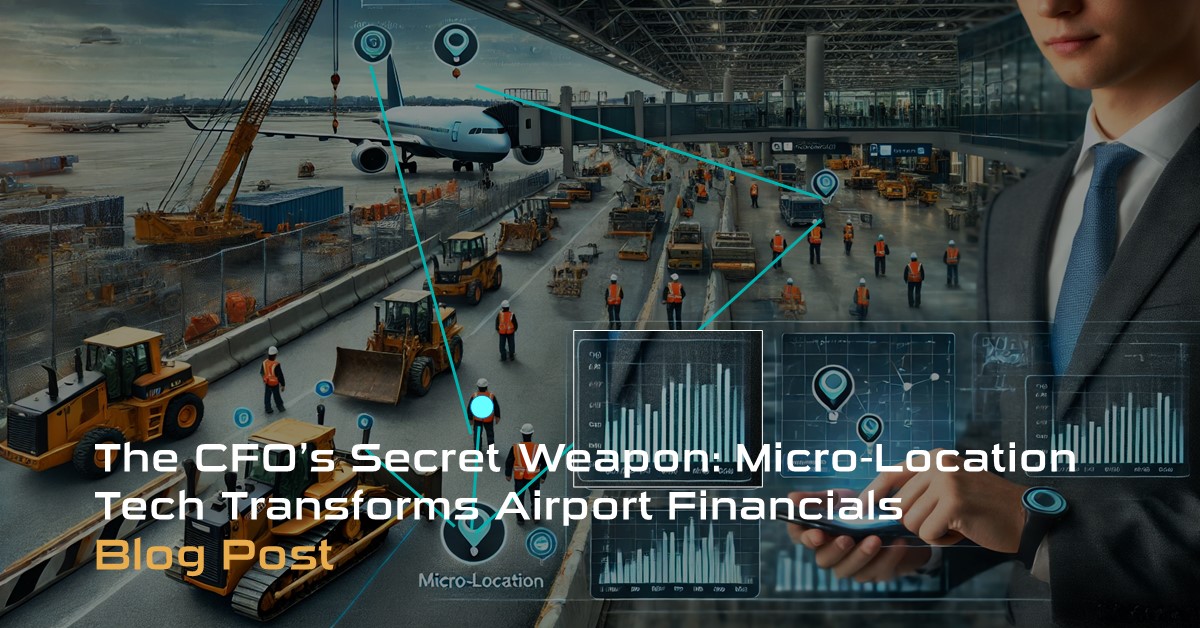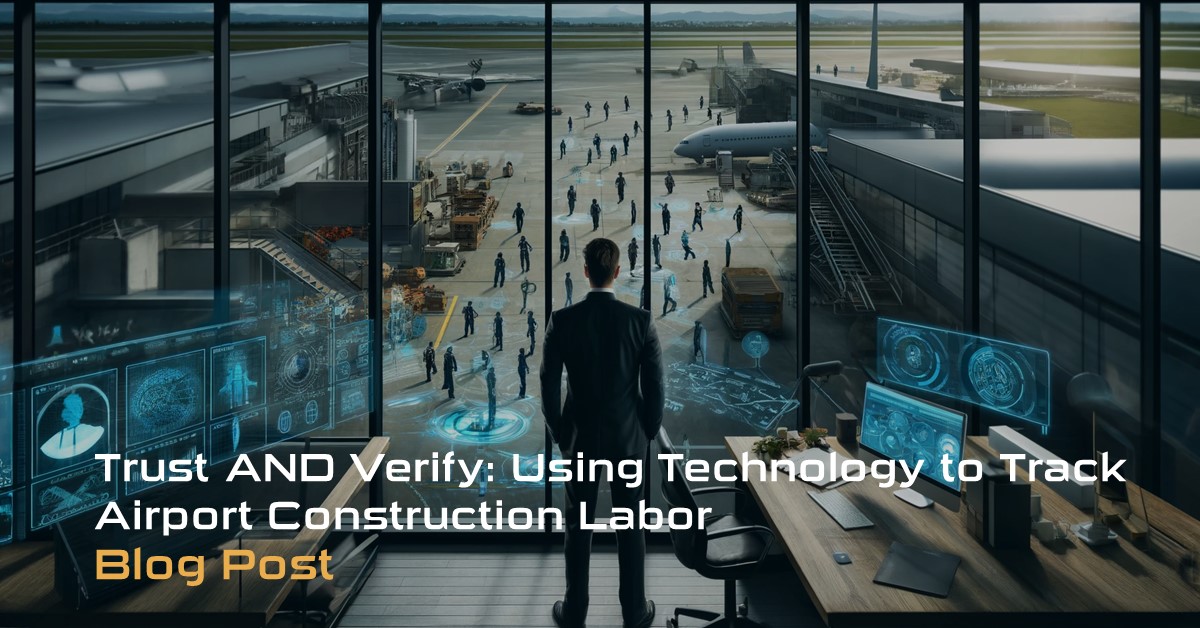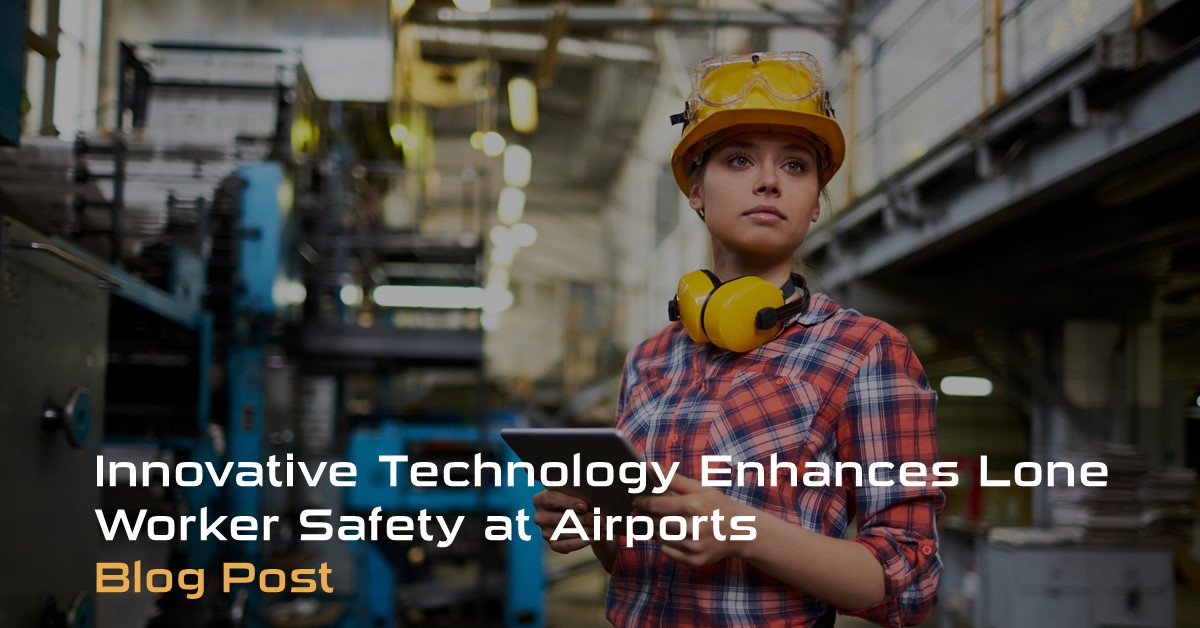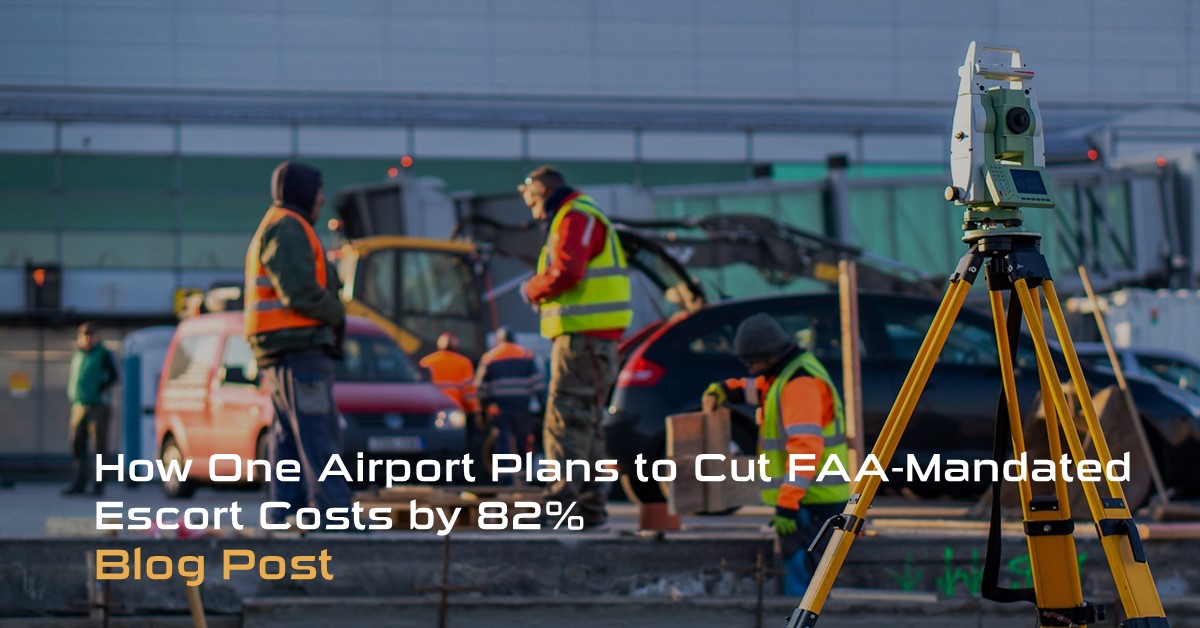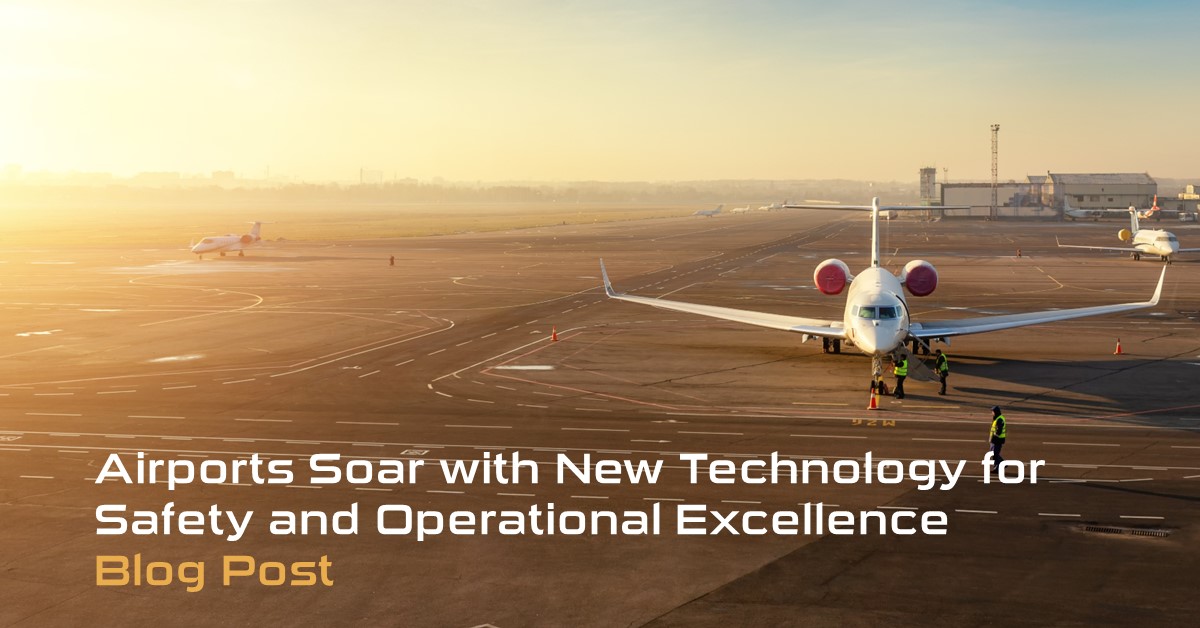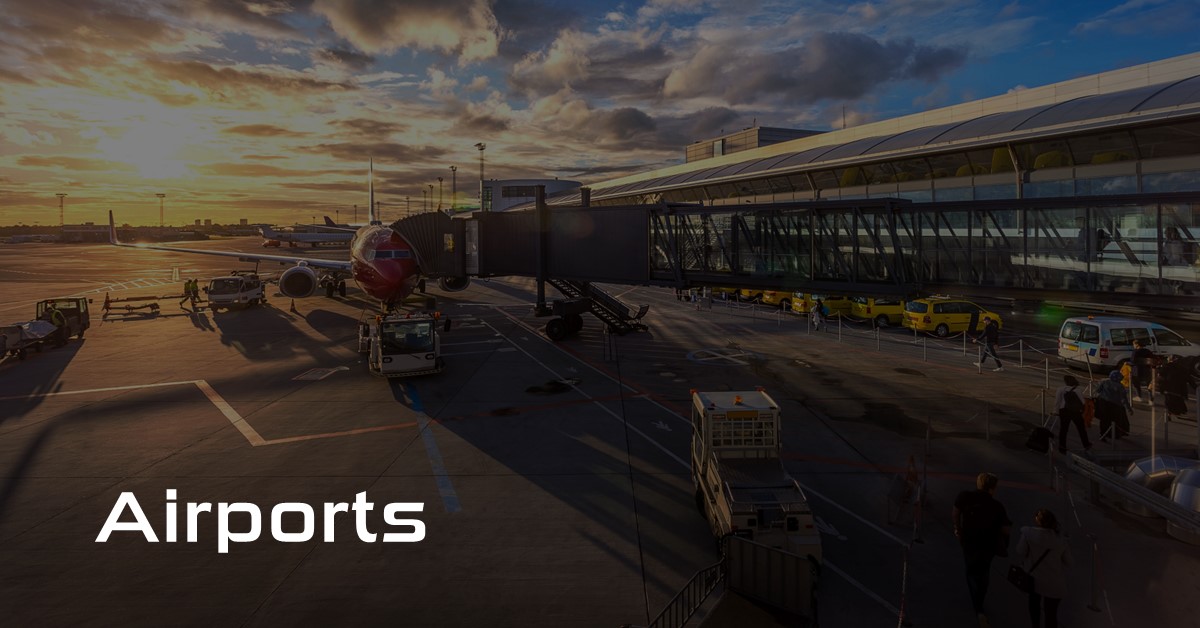Navigating the New FAA Regulations: The Rise of Data-Driven Airport Operations
One of the things I have learned is that for airport operations, one of the biggest challenges they have now is compliance with the increased regulations around safety management systems at airports.
As of April 2023, the FAA came out with a new ruling that requires even more oversight and more careful reporting of incidents around airfields. Part of the new FAA regulations means that every incident requires more data collection, analysis, and a comprehensive debrief.
I recently had a conversation with a contact at a major mid-western airport. And he told me that because of the new FAA regulations, if there is any incident, no matter how minor, it must be reported. For example, if the person mowing the airfield knocks over a light post on the edge of the taxiway, the airfield operations folks must collect all kinds of data.
Because after the incident, the FAA is going to want to do a review and will ask questions like:
- What was the location of the event?
- Where was the mower before it hit the light post?
- What did the mower driver do after that, right?
- How quickly did somebody respond to that event?
It is a LOT of data.
And that is one of the reasons the Volan positioning system is getting so much attention in the airfield operations community. Because VPS automatically collects much of the data the FAA wants. It is an immutable record of safety incidents and the response.
A lot of the answers to the FAA’s questions will come down to location information on the mower and the response of, say, maintenance operations to fix it before something else became like FOD, like foreign object debris or airport on the runway.
And VPS just automatically collects that data. It collects, stores and catalogs it. So, if there is an incident, the airfield operations team can instantly access that information and share it with the FAA.
To learn more about our Volan technology, please contact us.
Airport Solutions
Our construction barrier technology provides geofenced barriers for airport construction sites to keep workers out of restricted areas and reduces the costs for worker escorts. Airport construction projects are never-ending, have many workers, and regulations require full-time monitoring of worker location. Volan’s technology can provide alerts within 2-3 seconds if a worker moves into a restricted space, along with the precise location of the worker and a live map view. Visit our Solutions for Airports page.
